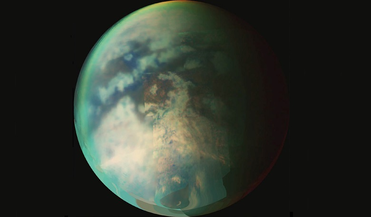 June 2020
Titan’s evolving atmosphere
June 2020
Titan’s evolving atmosphere
... (93.6 K or -179.2C), coupled with a surface pressure 50 per cent higher than Earth’s. If that wasn’t harsh enough, due to Titan’s orbital inclination of 27 degress it has seasons that last about 7.5 years. Thanks to the Pioneer 11 and Voyager flybys...
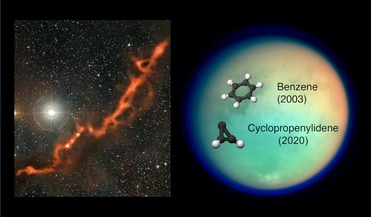 28 October 2020
Unexpected molecule found in Titan's atmosphere
28 October 2020
Unexpected molecule found in Titan's atmosphere
... be a precursor to more complex compounds that could form or feed life has been detected on Saturn’s largest moon, Titan.Called cyclopropenylidene, or C3H2, the compound is a “cyclic,” or closed-loop molecule. These types of molecules are very stable...
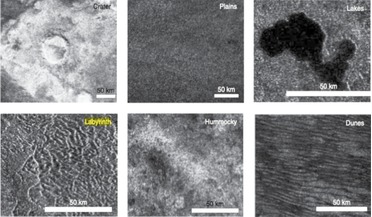 18 November 2019
First global geological map of Titan unveiled
18 November 2019
First global geological map of Titan unveiled
..., a number of organic molecules such as tholins and polycyclic aromatic hydrocarbons (PAHs) have been found on Titan, leading some to suggest that Titan might have resembled our planet in the earliest stages of its existence. This comparison is now...
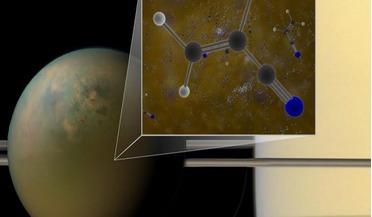 31 July 2017
Complex chemistry on Titan may form membranes
31 July 2017
Complex chemistry on Titan may form membranes
... sizeable quantities on Saturn's largest moon, Titan. Nearly as large as Mars, Titan, is one of our solar system's most...down to create lakes and rivers or freezing as snow, on Titan it is methane. This toxic environment coupled with its distance from...
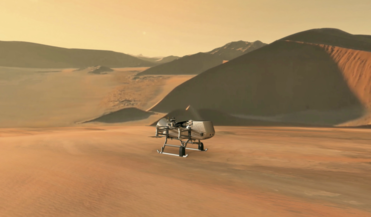 28 June 2019
NASA drone to search for signs of early life on Titan
28 June 2019
NASA drone to search for signs of early life on Titan
...to search for the building blocks of life on Saturn’s moon Titan. Titan is no ordinary moon; not only is this exceptional world big ...a water cycle like on Earth, when it precipitates on Titan, it creates vast rivers, lakes and seas made of ...
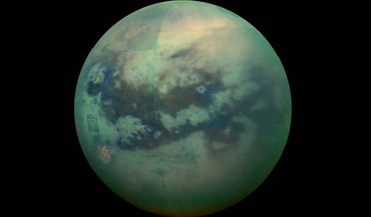 16 March 2016
Fog looms large on Titan
16 March 2016
Fog looms large on Titan
... found another good reason not to stay too long – fog. Titan is the only moon in the solar system with a substantial atmosphere...‘rain’ darkening the surface of Titan. Most of the data gathered on Titan’s fascinating atmospheric features have been ...